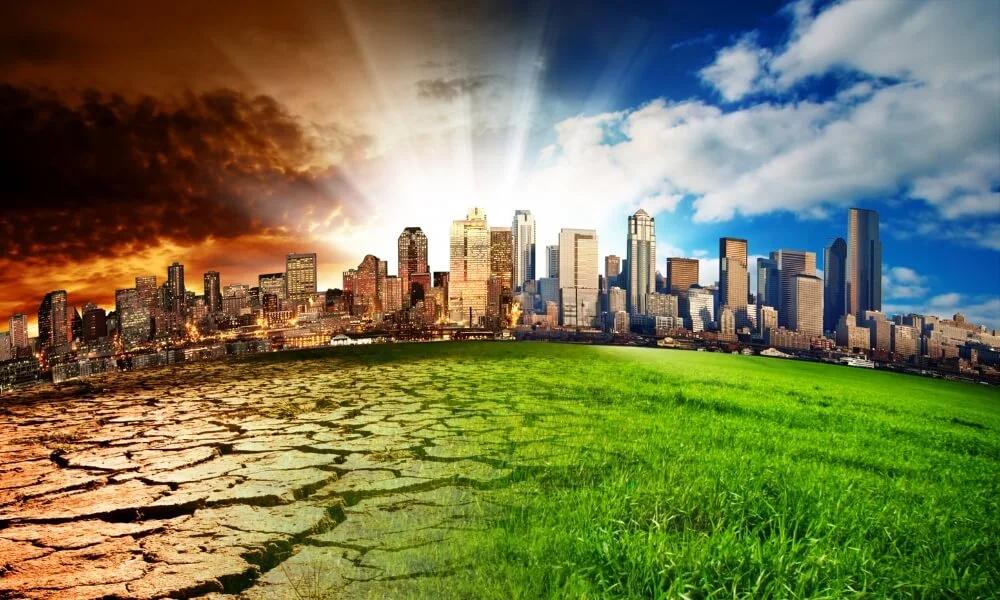Preparedness has never been more critical in a world increasingly confronted with natural disasters, health crises, and other emergencies. However, successful disaster management and resilience building aren’t just about the policies made in government offices or the strategies outlined in boardrooms. It’s about engaging the very heart and fabric of society—our communities.
Communities serve as the first line of defense and response during emergencies; their participation, knowledge, and commitment are vital to effective preparedness and resilience building. Yet, their role extends far beyond mere receivers of aid or beneficiaries of policies. Communities are key to understanding local contexts, identifying unique vulnerabilities and strengths, and implementing sustainable and effective measures.
In this blog, we will delve into why engaging communities in preparedness efforts is crucial. We will explore how their involvement ensures more effective and efficient strategies and fosters empowerment, resilience, and long-term sustainability. We will discuss the myriad benefits of community engagement in disaster preparedness, from improving immediate response to fostering innovation and building trust.
By highlighting the importance of community engagement, we aim to inspire more inclusive and participatory approaches to preparedness. When it comes to confronting the challenges of disasters and emergencies, it truly takes a village. So, let’s explore why and how we can better engage communities in preparedness efforts for a more resilient future.
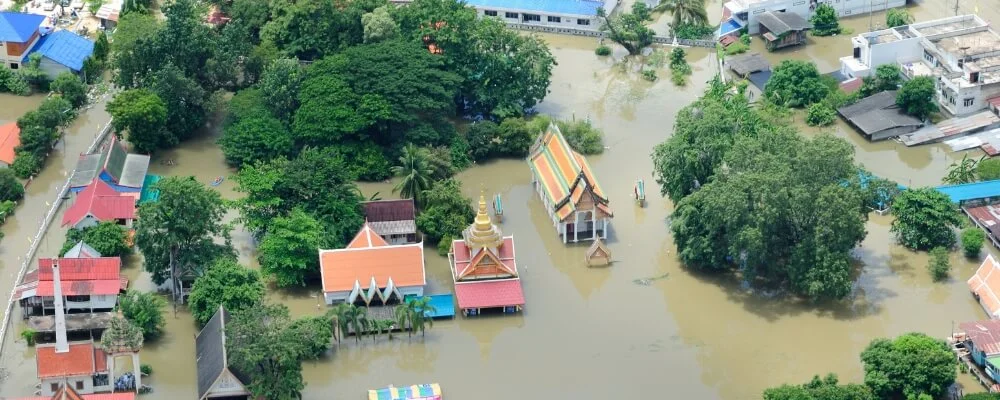
Why Is It Important To Engage Communities In Preparedness Efforts?
Engaging communities in preparedness efforts is a crucial part of disaster management for several reasons:
1. Local Knowledge and Expertise
In every community, some people have deep-rooted knowledge about their local area. This could be knowledge about the physical terrain, weather patterns, high-risk zones, or even certain practices passed down through generations. Additionally, they have expertise in local resources available and how to utilize them effectively. For instance, local farmers can offer insight into drought cycles or flash flooding patterns, while fishermen may better understand changing coastal conditions.
Leveraging this information can guide the development of more tailored and efficient disaster preparedness strategies. It can help identify safe places for evacuation, effective ways of communication, and resources that can be used during a disaster. This local wisdom can significantly improve the effectiveness of preparedness efforts.
2. Empowerment and Ownership
Active involvement in preparedness efforts often gives individuals a sense of empowerment. They transition from passive aid recipients to active participants in their own safety. This shift leads to increased ownership over preparedness plans, making them more likely to participate, implement, and promote them within their communities. This sense of ownership also encourages maintenance and regular updating of these plans and measures, ensuring they remain effective over time.
Furthermore, community empowerment can foster a sense of solidarity and collective responsibility, key elements for disaster resilience.
3. Improved Disaster Response
Community members are indeed the first responders when disaster strikes. They are the first to provide aid, carry out rescue operations, and ensure that the affected individuals receive immediate care. These community members can be trained in first aid, search and rescue operations, and basic disaster management through preparedness efforts. They can also be taught how to use the resources effectively. By doing this, the community’s immediate response to a disaster can be greatly improved, significantly reducing the loss of life and property.
It also ensures that help is available at the shortest notice, which is critical in disaster situations where every second counts. With community-based preparedness, we ensure that response is not just left to external agencies who might take longer to reach affected areas but begins with the community itself.
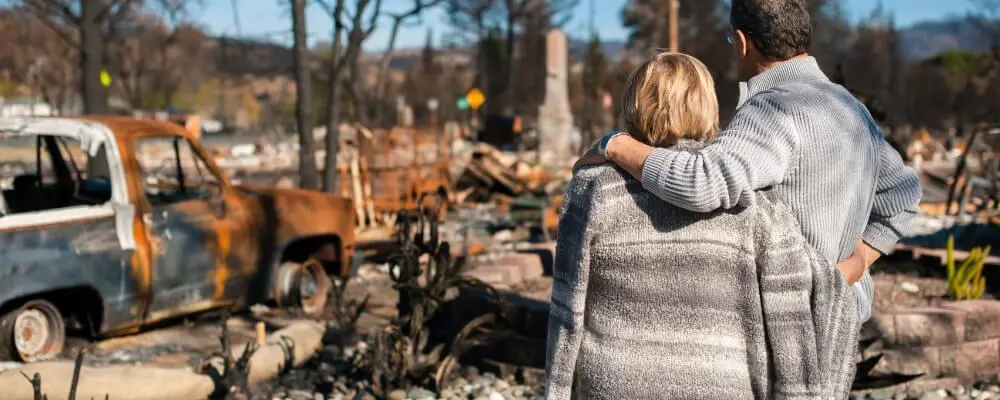
4. Resilience Building
An engaged community tends to be resilient. Resilience, in this context, refers to the ability of a community to withstand, adapt to, and recover from adverse situations like disasters. By involving the community in preparedness efforts, the community gains the skills, knowledge, and resources necessary to deal with disasters. This empowerment helps the community recover faster and stronger after a disaster.
For instance, knowing how to create and stockpile emergency supplies, create a family disaster plan, or even something as simple as knowing the quickest route to the nearest safe location can make a big difference. These steps reduce the adverse impacts of a disaster and foster a sense of self-reliance and resilience in the face of future adversities.
5. Effective Use of Resources
Engaging communities can also lead to more efficient resource use. With their intimate knowledge of the locality, community members can identify the most beneficial and cost-effective ways to allocate resources for disaster preparedness. This might mean pinpointing which infrastructure needs to be strengthened, which areas need more training, or where resources can be sourced in an emergency. By capitalizing on these insights, authorities can optimize the use of resources, avoid wastage, and ensure that the preparedness measures are efficient and impactful.
6. Enhanced Communication and Cooperation
Community engagement fosters an environment of open communication and cooperation. This involves many stakeholders, including community members, local organizations, and government agencies. Through regular engagement, these entities can better coordinate their efforts, reduce misunderstandings, and ensure everyone is on the same page regarding disaster preparedness, response, and recovery. This improved coordination can lead to smoother execution of plans, quicker response times, and more effective recovery operations.
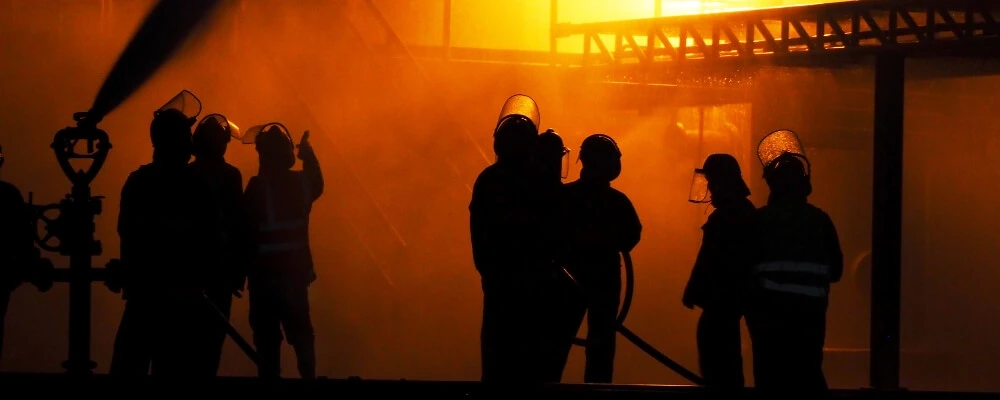
7. Trust Building
One of the key outcomes of community engagement in preparedness efforts is the establishment of trust. When communities are actively involved, they are more likely to trust the authorities or organizations responsible for disaster management. This trust can influence the effectiveness of response and recovery efforts. For example, community members might be more willing to follow evacuation orders or other instructions during a disaster if they trust the source of the information.
Additionally, trust can lead to better cooperation and shared responsibility, which is vital in disaster situations. Trust also facilitates better communication, as people feel more comfortable raising concerns, asking questions, and offering suggestions to trusted entities.
8. Inclusivity
Engaging communities helps ensure that preparedness efforts are inclusive and consider the unique needs of all community members. This includes the needs of older adults with mobility or health concerns, children who require special care and support, people with disabilities who may need accessible communication or transportation options, and those from diverse cultural backgrounds who may have specific requirements.
Inclusive preparedness efforts can lead to more effective disaster response and recovery, as the needs of all community members are considered and addressed. This means that the efforts are tailored to the community, ensuring that no one is left behind in times of crisis.
9. Cultural Sensitivity
Every community has its own unique cultural norms, beliefs, and traditions. These unique aspects can be understood and respected by actively engaging communities in preparedness efforts. For instance, certain communities might have specific customs around food, shelter, or communication during times of crisis. Recognizing these cultural nuances and integrating them into the preparedness plans can enhance the effectiveness and acceptance of the response efforts, making them more successful and sustainable.
10. Promotes Self-reliance
Engaging communities in preparedness efforts empowers them, providing them with the tools, knowledge, and resources to be more self-reliant. This shift can reduce dependency on external aid and allows communities to respond more proactively and effectively when disaster strikes.
For example, if a community is involved in emergency planning, they may learn skills such as first aid, emergency shelter construction, or emergency communication methods. These skills empower them to respond quickly and effectively rather than waiting for external aid.
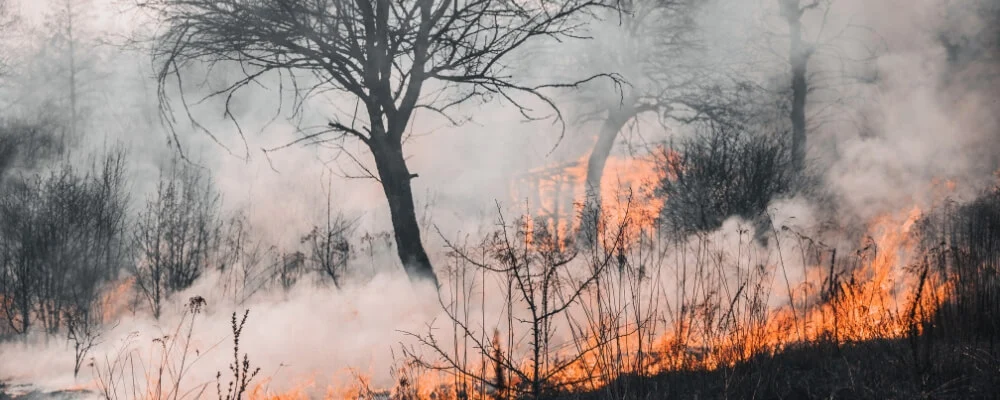
Additional Reasons Why Is It Important To Engage Communities In Preparedness Efforts?
- Long-term Sustainability: When communities are actively involved in the design, implementation, and management of preparedness measures, they are more likely to maintain and sustain these measures in the long run. This is because they have a vested interest in the success of these initiatives and understand their importance. This leads to more sustainable, effective disaster preparedness, even after the withdrawal of external support or the passage of time.
- Real-time Feedback and Adjustment: Community engagement offers a valuable channel for real-time feedback. Communities can provide first-hand information about what strategies are working, what challenges are being faced, and how plans can be adjusted for better results. This feedback can help authorities and organizations make prompt and relevant adjustments to their strategies based on the changing needs and circumstances. This real-time adaptation makes the preparedness efforts more dynamic and effective as they align with the community’s needs and realities.
- Real-time Feedback and Adjustment: When communities are actively engaged in preparedness efforts, they can provide immediate feedback on the effectiveness of these initiatives. For example, they can share information about barriers to implementing plans, cultural or logistical issues not considered initially, or new threats that emerge over time. This real-time feedback allows organizations and authorities to adjust their strategies promptly to suit the changing circumstances and needs, ensuring that the preparedness measures remain effective and relevant. This leads to more dynamic and adaptive preparedness strategies, enhancing their effectiveness.
- Capacity Building: Preparedness efforts often involve elements of training and education, which can significantly enhance the community’s capacity to handle disasters. This can include technical skills like first aid, search and rescue, evacuation procedures and soft skills such as leadership, coordination, and communication. By building these capacities, the community becomes better equipped not just for the current threat but for future hazards as well. This knowledge and these skills can be passed down and shared, ensuring the community’s overall resilience to disasters increases over time.
- Psychological Well-being: Engaging communities in disaster preparedness can improve psychological well-being. The uncertainty and fear associated with disasters can lead to significant stress and anxiety. However, when individuals are involved in preparedness efforts, they may gain a greater sense of control and understanding, which can reduce fear and anxiety. Moreover, seeing their community work together proactively can instill a sense of hope and purpose, which are critical for maintaining mental health during and after a disaster.
- Community Cohesion: Activities involved in preparedness efforts, such as community meetings, training sessions, and drills, often unite community members. This shared experience can strengthen community ties and promote unity and cohesion. In times of disaster, a cohesive community can work together more effectively to respond to and recover from the event. Strong social networks can also provide emotional and material support during and after a disaster, contributing to quicker recovery.
- Fosters Innovation: Local communities know their unique circumstances, challenges, and resources intimately. When they are engaged in preparedness efforts, they can leverage this knowledge to develop innovative solutions tailored to their specific needs and context. This could involve creative ways to spread awareness, unique evacuation strategies, or using local resources for disaster mitigation. These innovative ideas can significantly enhance the effectiveness and efficiency of preparedness and response efforts, making them more suited to the community’s specific needs and realities.
Conclusion
The importance of engaging communities in preparedness efforts cannot be overstated. The insights, expertise, and commitment that communities bring to the table are irreplaceable and indispensable in designing and implementing effective, efficient, and sustainable preparedness strategies.
Their intimate knowledge of local risks and resources, coupled with their unique ability to foster trust, improve communication, and ensure inclusivity, greatly enhances our collective ability to prepare for, respond to, and recover from disasters. Beyond that, the process of engaging communities empowers them, builds their capacity, strengthens community ties, fosters innovation, and contributes to their psychological well-being.
In the face of an uncertain future marked by increasing emergencies and disasters, it’s clear that our best bet lies in harnessing the power of community. By engaging them in disaster preparedness efforts, we not only equip them to deal with current challenges, but also empower them to build a more resilient future.
After all, when communities are engaged, they are more than just passive beneficiaries. They become active participants, contributors, and leaders in their own right. In doing so, they embody the essence of the old adage: ‘It takes a village.’ Therefore, to enhance our disaster preparedness and response, we must make community engagement a key component of our strategies. And remember, the journey to a resilient future is a collective endeavor, and every single community plays a vital role in this journey.

